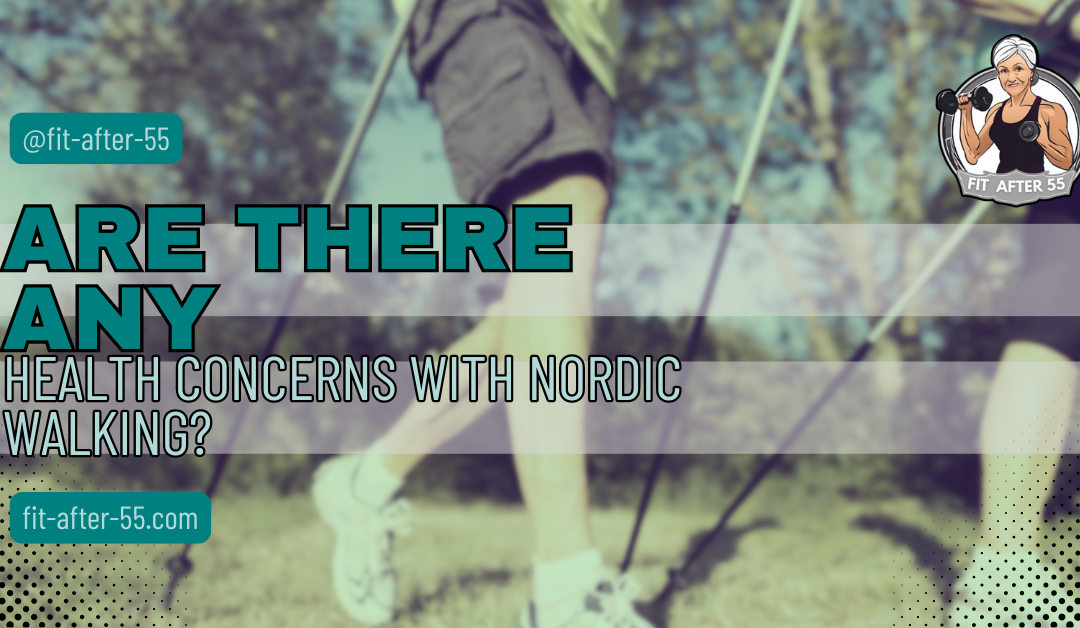Nordic walking has become a popular fitness trend, offering a full-body workout that’s easy on the joints while boosting cardiovascular health. Engaging more muscles than regular walking promises enhanced benefits for weight loss, muscle tone, and overall endurance. But with its rising popularity, are there any health concerns about Nordic Walking? Understanding the potential risks is crucial for anyone considering this activity.
While Nordic walking is generally safe for most people, certain factors, such as existing joint issues or improper technique, could pose risks. Understanding these considerations can help you get the most out of this activity while minimizing any potential harm.
Nordic Walking: Exploring the Health Benefits and Potential Risks
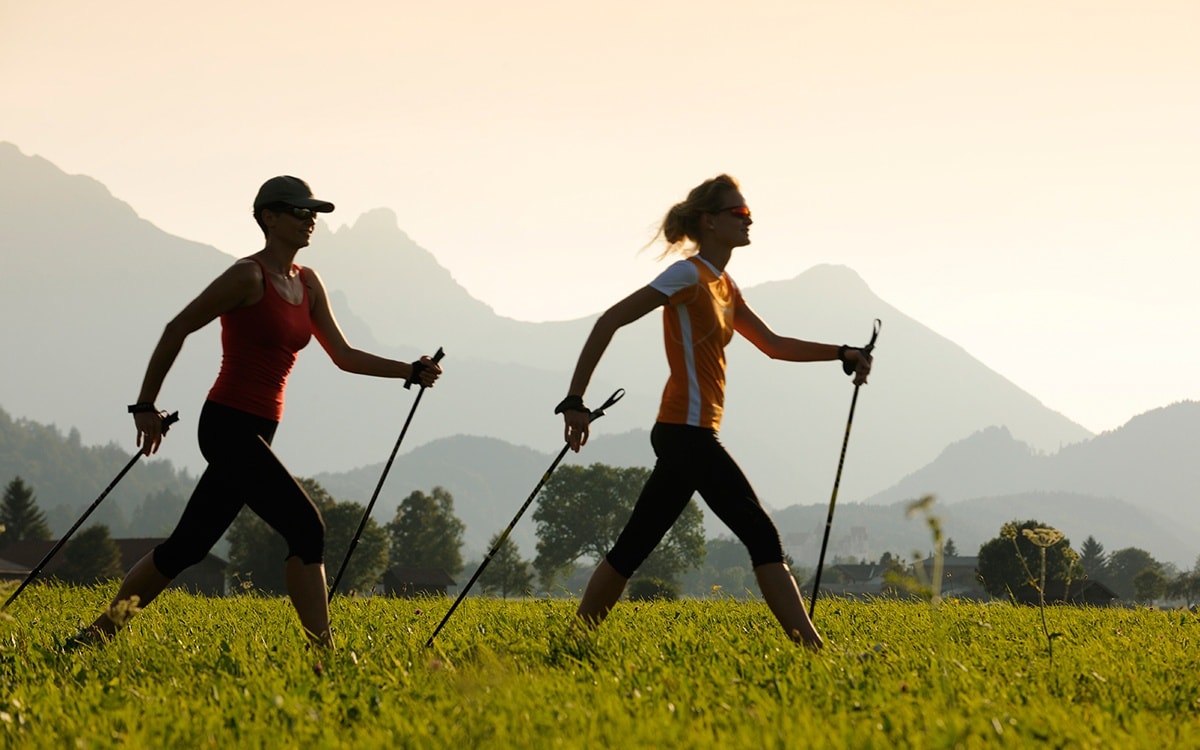
Nordic walking, an outdoor activity that originated in Finland as a summer training exercise for cross-country skiers, has grown in popularity as a form of physical fitness. It involves walking with specialized poles and engages more than just the leg muscles, providing a full-body workout. But are there any health concerns with Nordic walking that enthusiasts should know? While Nordic walking is touted for its many health benefits, including improved cardiovascular fitness and muscle strength, it’s essential to consider any potential risks associated with this exercise.
Like any physical activity, Nordic walking risks injury if not performed correctly. Moreover, special populations, such as those with arthritis or balance issues, may need extra precautions. Ensuring you are using the correct technique and equipment and consulting with healthcare professionals if you have pre-existing health conditions can help mitigate these risks. As with beginning any new exercise regimen, a gradual start with attention to one’s limits is critical to a safe and beneficial Nordic walking experience.
Key Takeaways
- Nordic walking engages multiple muscle groups, offering a more complete workout. It enhances cardiovascular fitness and strengthens upper and lower body muscles while being gentle on the joints.
- While generally safe, Nordic walking can lead to overuse injuries, significantly if intensity or duration is increased too quickly. Improper technique or equipment misuse may also result in muscle strain or discomfort.
- Individuals with pre-existing health conditions, such as arthritis or balance issues, should take extra precautions. Consulting healthcare professionals and using proper equipment are crucial to ensure a safe exercise experience.
- Nordic walking often involves outdoor terrain, presenting hazards like uneven surfaces or slippery conditions. Proper footwear and attentiveness to surroundings are essential for avoiding accidents.
- To maximize benefits and minimize risks, use correctly adjusted poles and appropriate footwear, learn proper technique, start gradually, and stay hydrated. Consulting with a qualified instructor or healthcare professional can also enhance safety and effectiveness.
Fundamentals of Nordic Walking
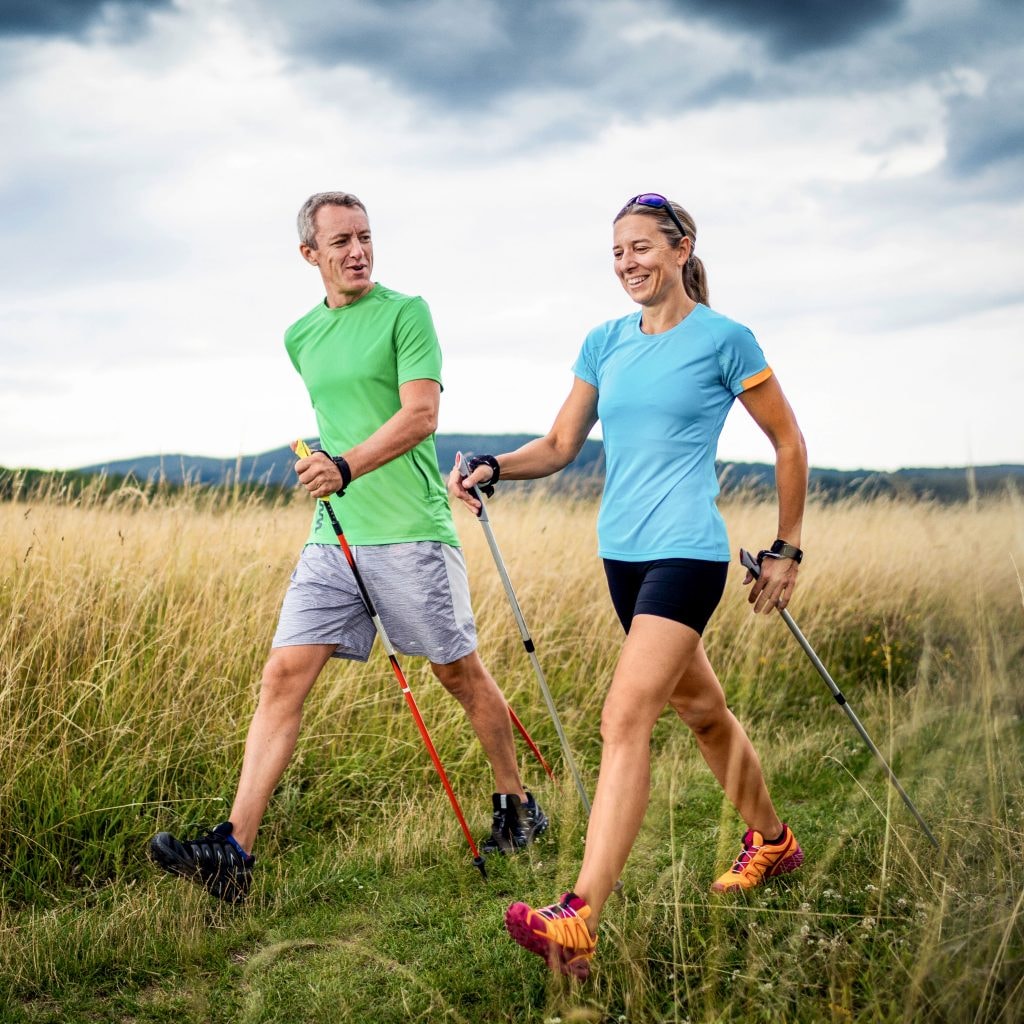
Are There Any Health Concerns with Nordic Walking? Nordic walking is more than a simple stroll; it’s a full-body workout that enhances your fitness. With specialized equipment and techniques, it delivers low-impact exercise that is accessible to various fitness levels. However, it’s essential to consider if there are any health concerns associated with this popular activity to ensure you enjoy it safely and effectively.
Definition and Origins
Nordic walking originated in Finland as a summer training method for cross-country skiers. It’s defined by the use of walking poles that engage the upper body, thus increasing energy consumption and muscle involvement compared to regular walking.
Equipment and Technique
The equipment necessary for Nordic walking includes specifically designed poles and proper footwear. Poles should reach about your armpit height when standing upright and feature ergonomically designed grips and straps to secure your hands. The technique is crucial for maximizing the benefits of Nordic walking.
It involves planting the pole at a backward angle while walking to propel yourself forward, which engages your upper body in concert with your lower body. Your arms should coordinate with the opposite leg — when your left leg steps forward, your right arm does, and vice versa.
Here’s a video about Nordic walking.
By: SIKANA English
Did you Know?
Before starting, you should know that proper Nordic walking technique is crucial to prevent strain or injury. It’s advisable to learn from a qualified instructor. Then, start slowly to build up your fitness level.
Potential Health Benefits
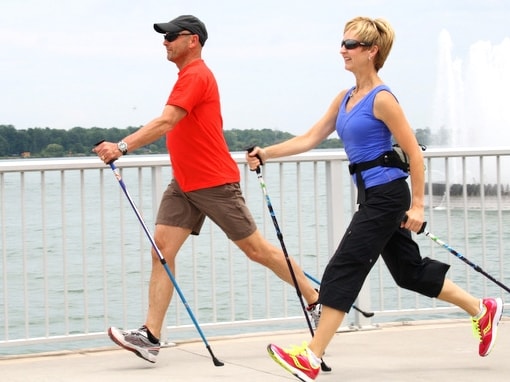
You might experience significant health improvements in your cardiovascular system and musculoskeletal strength when engaging in Nordic walking. But are there any health concerns with Nordic walking? This low-impact exercise combines upper and lower body movement in a way that can lead to various physical health benefits.
Cardiovascular Improvement
Nordic walking is known for its effectiveness in enhancing cardiovascular fitness. Studies suggest that this form of exercise can reduce resting heart rate and blood pressure, which are key indicators of heart health.
Using the poles to walk increases your heart rate, promoting better circulation and heart function. Consistent Nordic walking can also boost your exercise capacity and maximal oxygen consumption, making your heart and lungs work more efficiently.
Musculoskeletal Strengthening
Using walking poles engages more than 90% of the body’s muscles, providing a comprehensive workout that strengthens both the upper and lower body. This activity can lead to improvements in muscle strength and flexibility.
It places less stress on the joints than running or conventional walking, making it ideal for individuals with arthritis or musculoskeletal conditions. Enhanced muscular involvement and distribution of walking force can contribute to better stability and posture.
Are There Any Health Concerns with Nordic Walking? Risks and Precautions
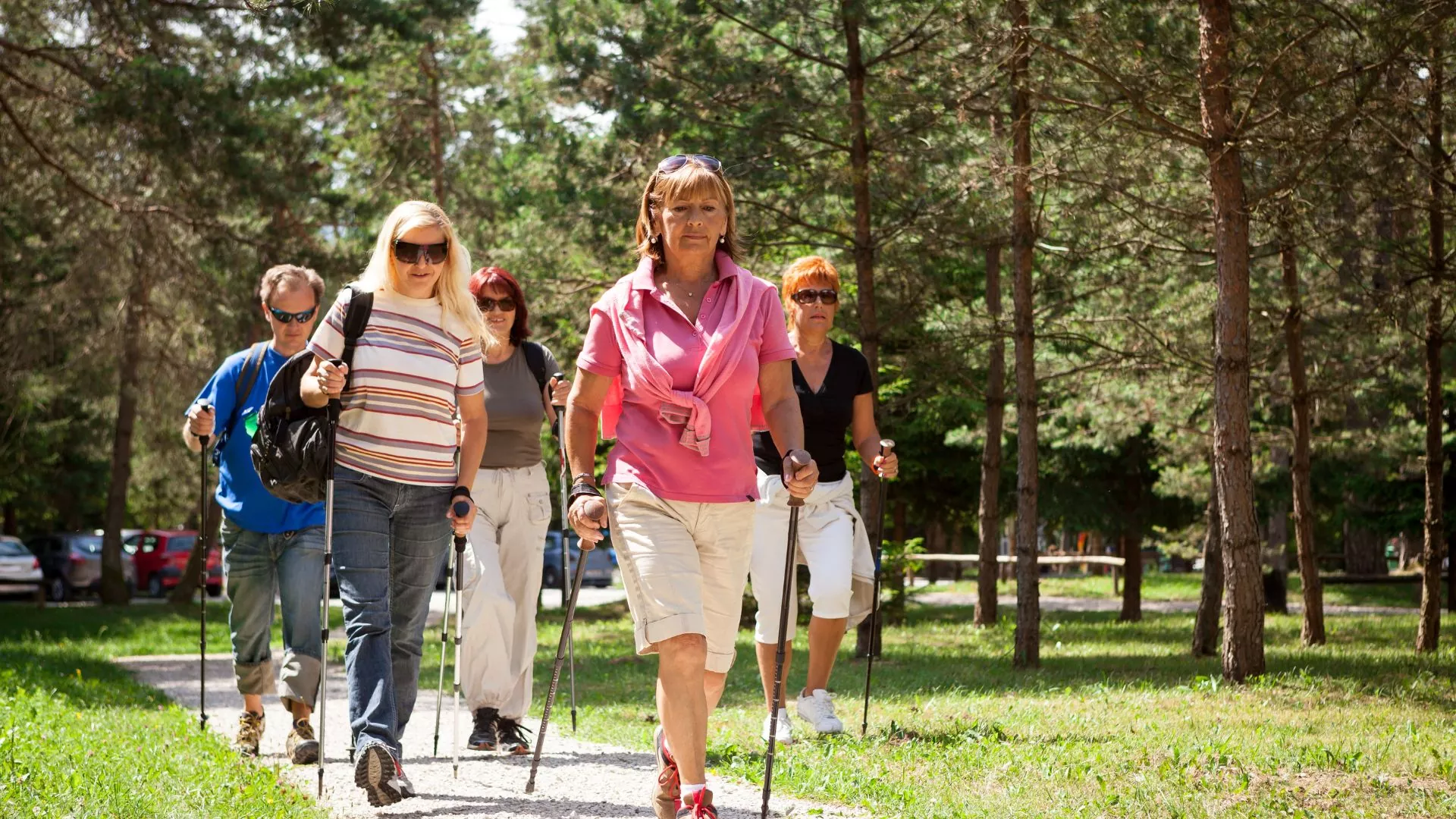
Even beneficial for fitness and health, Nordic walking comes with potential risks, just like any physical exercise. Being aware of these can help you take the necessary precautions.
Overuse Injuries
Overexertion when Nordic walking can lead to overuse injuries. You may experience joint or muscle pain from repetitive motion, particularly if you increase intensity or duration too quickly. Gradually build up your activity level and listen to your body’s signals to prevent this.
Equipment Misuse
Using poles incorrectly can be counterproductive and may even cause injury. Incorrect strap fitting or improper pole length can lead to muscle strain or an unnatural walking posture. Ensure your poles are adjusted to the correct height, and use the straps properly to distribute force evenly.
Environmental Hazards
Nordic walking often takes you outdoors, where you might encounter uneven terrain, slippery surfaces, or unpredictable weather. Wearing appropriate footwear with good traction and being attentive to your surroundings is key to avoiding falls or other accidents. Always check the weather forecast and avoid extreme conditions that could enhance risks.
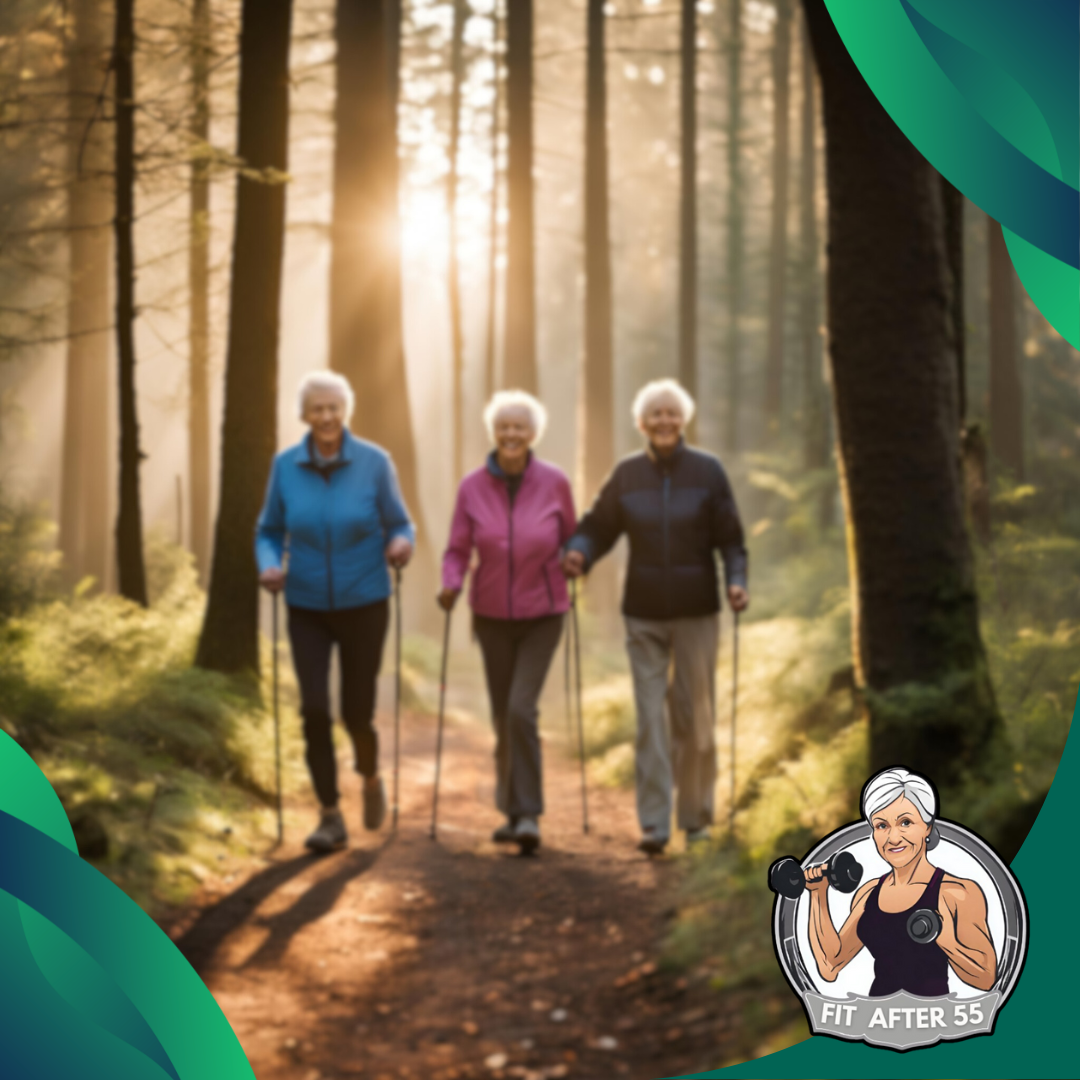
Did you Know?
Some research suggests that Nordic Walking may be effective. A study examining adults over 50 found that Nordic Walking could improve tasks like the Timed Up-and-Go test, indicating better functional mobility.
Special Populations Considerations
Nordic Walking can be a highly beneficial form of physical activity; however, specific considerations should be considered for special populations to ensure safety and maximize health benefits.
Pregnant Women
When you’re pregnant, your body undergo changes that can affect balance and coordination. Nordic walking can be a good exercise due to its low-impact nature and pole support. You should consult your doctor before starting or continuing a Nordic walking routine, especially if you are late in your pregnancy or have pregnancy-related complications.
Elderly Individuals
Maintaining physical activity is crucial for preserving muscle strength and balance as you age. Nordic walking provides both, with the added benefit of poles to aid stability.
Start with shorter distances and ensure proper footwear to reduce the risk of falls. As an older adult, it’s also important to adjust the intensity of the exercise to your fitness level.
People with Pre-existing Conditions
If you have pre-existing health conditions like arthritis or heart disease, exercise is still important for managing symptoms and improving health outcomes. Nordic walking exerts less load on your joints than regular walking, making it a suitable option if joint pain is a concern. Always seek medical advice to tailor the activity to your health needs and limitations.
Recommendations for Safe Practice
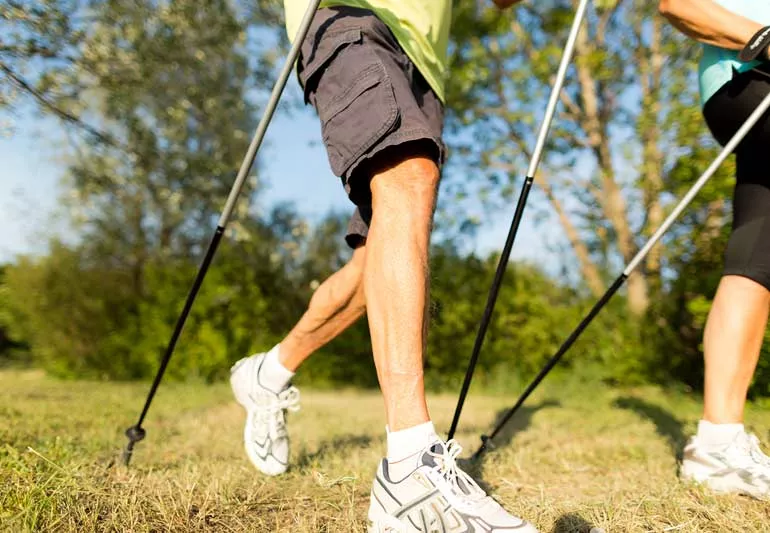
Are there any health concerns with Nordic walking? When engaging in this activity, it’s essential to prioritize your safety to ensure a positive and injury-free experience. Follow these straightforward guidelines to maximize the benefits and minimize potential risks.
- Proper Equipment: Use poles that match your height; too long or short poles can lead to discomfort or injury. Look for poles with comfortable, supportive straps and grips.
- Appropriate Footwear: Select sturdy walking shoes with good arch support and non-slip soles to help maintain balance on various terrains.
- Learning Technique: Initially, consider taking lessons or reviewing instructional content to learn the correct Nordic walking technique. This can help you maximize the exercise benefits while reducing the risk of injury.
- Warm-Up and Cool-Down: Incorporate a brief warm-up to prepare your muscles and joints before you start walking. Similarly, finish with a cool-down period to relax your muscles.
- Pacing Yourself: Start slowly, especially if you’re new to Nordic walking or have existing health concerns. Gradually increase your intensity and duration over time.
- Hydration: Drink water before, during, and after your walk to stay well-hydrated, especially in warm weather conditions.
Alternatives to Nordic Walking
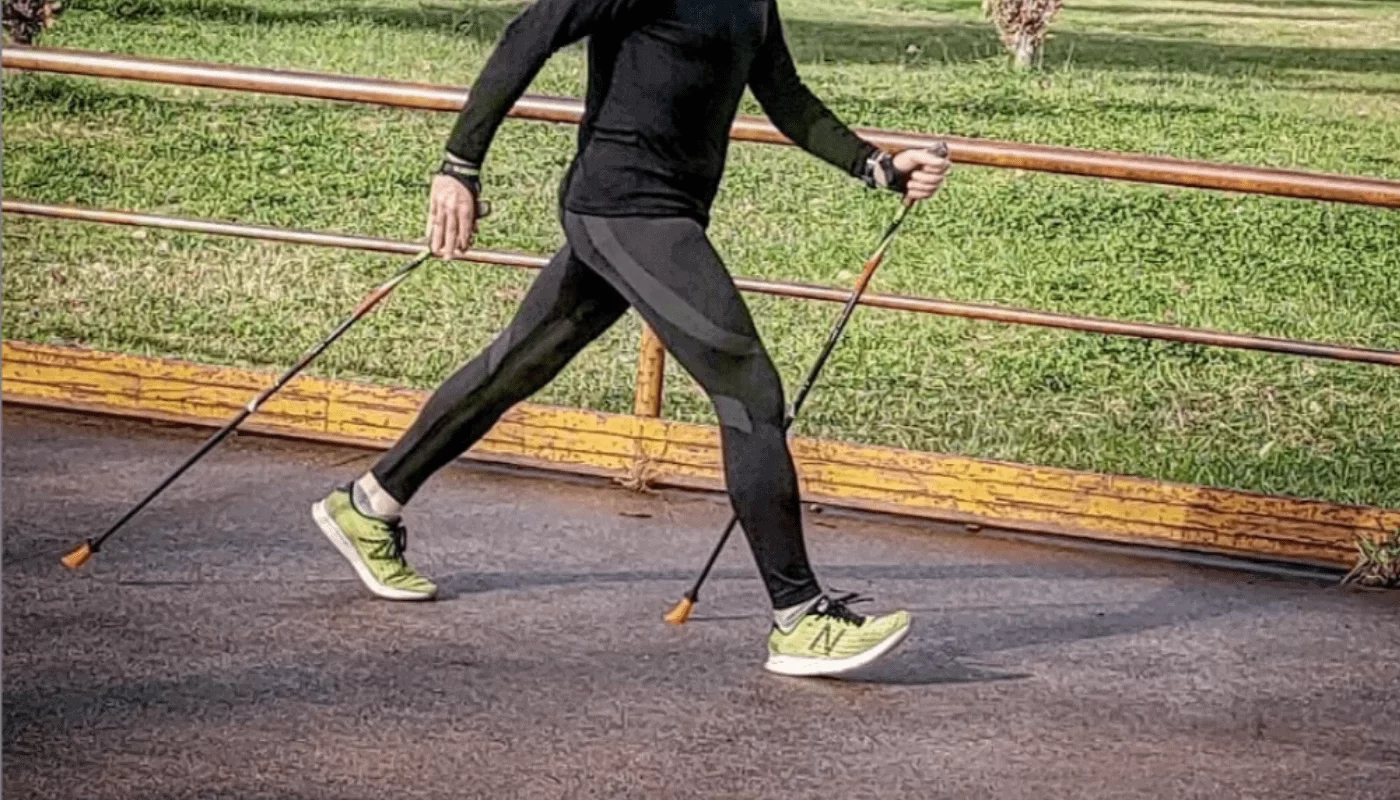
If you’re asking, Are There Any Health Concerns with Nordic Walking? and are considering other forms of exercise, you have various options that can offer excellent health benefits. Here’s a breakdown of some alternatives:
Brisk Walking
Without poles, a brisk walk in your local park or around your neighborhood is a simple yet effective aerobic exercise.
Hiking
When you’re ready for uneven terrain and a change of scenery, hiking offers both a physical challenge and mental relaxation.
Swimming
Known for being joint-friendly, swimming is an all-body exercise that improves muscular strength and cardiorespiratory fitness.
Jogging
For a more intense cardiovascular workout, you may choose to transition into jogging. This allows for greater calorie burn and endurance-building.
Cycling
Whether outdoors or stationary, riding a bike offers low-impact cardiovascular benefits and strengthens your lower body.
Yoga
Yoga classes might be perfect for improving flexibility, balance, and stress reduction.
Strength Training
Building muscle through strength training can complement aerobic exercises like walking, boosting metabolism and improving bone density.
Here’s a video demonstrating Nordic walking technique.
By: Margaret Martin, Physical Therapist
Ensuring a Positive Nordic Walking Experience
Nordic walking provides various health benefits, including a comprehensive full-body workout that boosts cardiovascular fitness and strengthens muscles while being easy on the joints. This low-impact exercise engages more muscle groups than regular walking, offering a well-rounded approach to physical fitness. However, as with any exercise, it is essential to consider whether any health concerns are associated with Nordic walking.
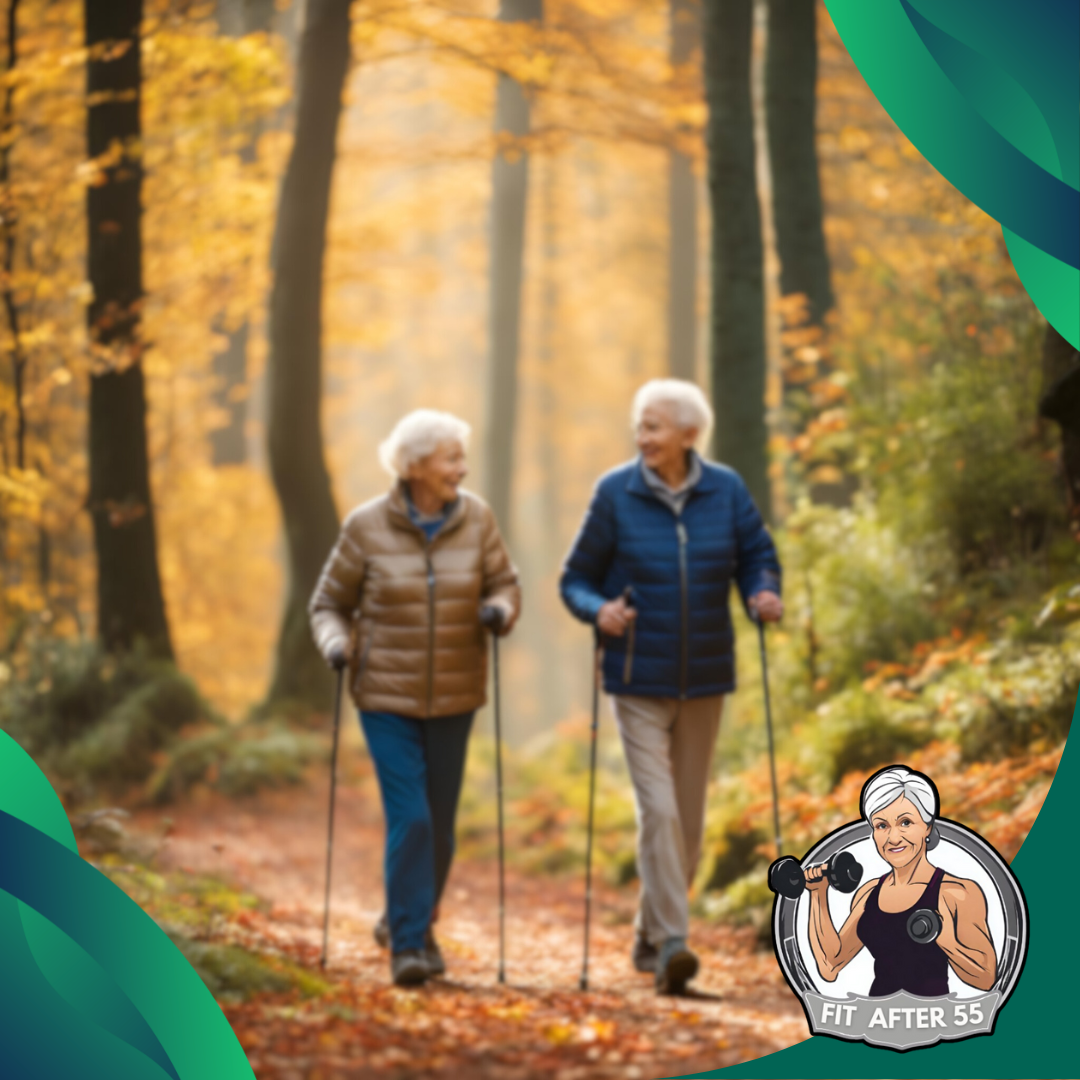
While generally safe for most individuals, potential risks include overuse injuries, improper equipment use, and environmental hazards. Overexertion and incorrect technique can lead to discomfort or strain, and special populations, such as those with joint issues or balance problems, may need to take extra precautions. Ensuring that you use the correct equipment and technique, and gradually building up your activity level, are essential steps to prevent injury.
By understanding and addressing these potential concerns, you can enjoy the benefits of Nordic walking while minimizing risks. Consulting with healthcare professionals and starting slowly can further enhance your safety and enjoyment of this practical and accessible form of exercise. When practiced thoughtfully, Nordic walking can be a valuable and rewarding addition to your fitness routine.
Frequently Asked Questions

What Are the Potential Risks Associated With Using Nordic Walking Poles?
Misusing Nordic walking poles can lead to muscle strain or joint pain. You should maintain proper technique to avoid overexertion of your upper body.
Can Nordic Walking Lead to Specific Types of Injuries, and How Common Are They?
Like any physical activity, there is a risk of injury with Nordic walking, such as strains or sprains from falls. However, Nordic walking is a low-impact exercise, making the incidence of injury relatively low compared to high-impact sports.
Does Nordic Walking Present Particular Disadvantages Compared to Other Forms of Exercise?
While Nordic walking provides a comprehensive workout, it may offer something other than high-intensity cardiovascular training or the flexibility benefits of different forms like running or yoga.
Are There Any Side Effects of Nordic Walking for Older Adults?
The risk of falling could be a concern for older adults, but Nordic walking can improve balance and stability. It is typically well-suited to senior individuals seeking a low-impact form of exercise.
How Do the Benefits and Drawbacks of Nordic Walking Compare?
Nordic walking is beneficial for cardiovascular health and muscle toning. It is also easier on the joints than running. The drawbacks are minimal but include the initial cost of poles and the need to learn proper techniques.
Joins Us and Embrace Wellness!
Join the Fit After 55 Community! and get inspired to stay active.
Visit our website here for expert tips, valuable insights, and reviews tailored for seniors. Connect with our supportive health and fitness community on our Facebook page.
Let’s start this fitness journey together and show that age is just a number!

